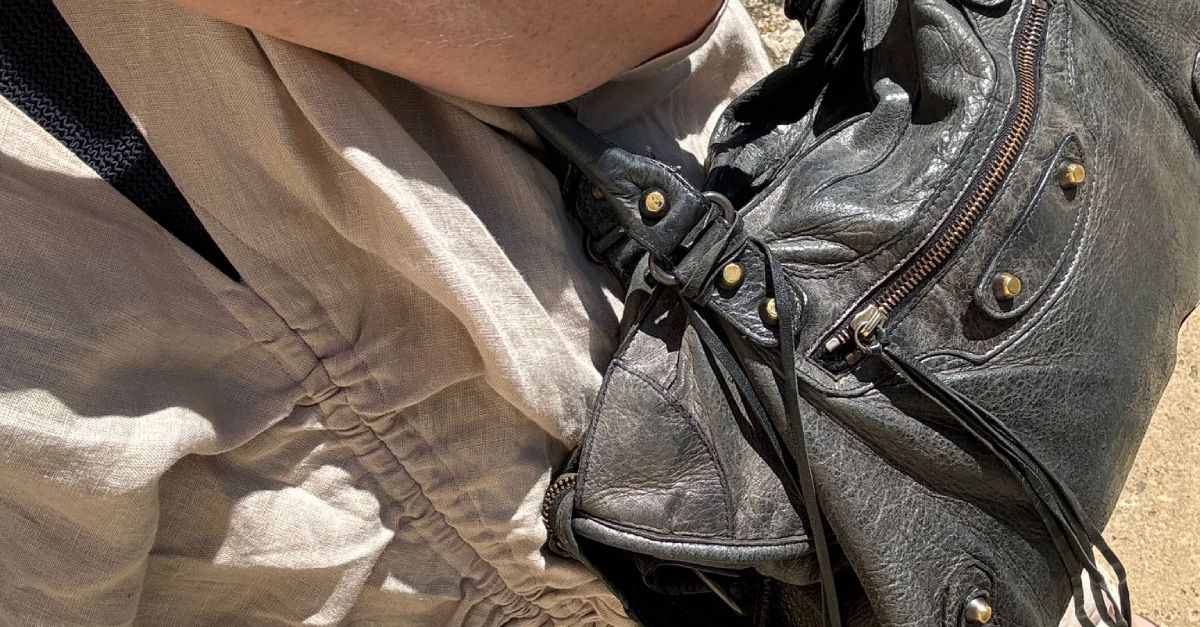The fifth Indiana Jones movie sends Harrison Ford’s intrepid archaeologist on the hunt for what the title refers to as the “Dial of Destiny.” Nobody in the movie calls it that, though; Indy and his friends refer to it as “Archimedes’ Dial.”
In Dial of Destiny, Indy finds this artifact in the waning days of World War II. The Germans are rounding up various historical objects of value and transporting them to Berlin via train. Indy sneaks onboard in order to recover the Lance of Longinus — supposedly the spear that stabbed Jesus Christ during his crucifixion.
During his pursuit for the Lance, Indy stumbles on one half of Archimedes’ Dial, recognizing it immediately as part of an object built by the ancient Greek mathematician Archimedes. Supposedly, once the two halves of this dial are merged and activated, they can predict the future — and even locate “fissures in time.” Someone who controls this dial would have the capability to find those fissures, and then to use them to travel into the past and potentially alter the course of history.
The Indiana Jones movies always blend authentic history with myth and legend. This dial is nowhere near as famous as some of the other artifacts Indy has sought out, like the Holy Grail from Indiana Jones and the Last Crusade, or the Ark of the Covenant from Raiders of the Lost Ark. But Dial of Destiny’s dial of destiny is a real object — sort of.
READ MORE: The Story of the Best Indiana Jones Movie Never Made
The historical facts are fascinating, if a lot less sensational than the ones in the film. Some have speculated that the real dial was created by Archimedes, but that’s just one theory among many about who created it, and where and why. Hence historians don’t call it Archimedes’ Dial; they refer to as the “Antikythera mechanism,” named after the Greek island near where the artifact was first discovered. (In the film, the characters do occasionally call it “The Antikythera.” Maybe writer/director James Mangold decided it sounded cooler and more mysterious that way, sans “mechanism.”)
The story of the mechanism’s discovery, somewhat surprisingly, is not too far removed from the details recounted in Dial of Destiny. Divers found it, along with an assortment of other antiquities, in a shipwreck off the coast of Antikythera in 1901. But unlike the dial in the film, which is in pristine, still-functioning shape, the real mechanism was heavily damaged from its centuries spent at the bottom of the sea.
Instead of two intact halves that can be combined into a whole and switched on, the Antikythera mechanism, which is believed to date to around 200 BC, now exists in 82 different fragments — and there are more pieces thought to be missing. So even if you could get your hands on all of those pieces and reassemble it, you couldn’t just turn it on and start flying off in search of fissures in time.
In reality, it took decades for historians to fully examine the mechanism in detail, and to begin to piece together its meaning and origin. According to Smithsonian.com, “X-ray imaging in the 1970s and 1990s revealed that the device must have replicated the motions of the heavens” in order to chart the movements of celestial bodies.
Here is how that article describes the real mechanism:
The Antikythera mechanism was similar in size to a mantel clock, and bits of wood found on the fragments suggest it was housed in a wooden case. Like a clock, the case would’ve had a large circular face with rotating hands. There was a knob or handle on the side, for winding the mechanism forward or backward. And as the knob turned, trains of interlocking gearwheels drove at least seven hands at various speeds. Instead of hours and minutes, the hands displayed celestial time: one hand for the Sun, one for the Moon and one for each of the five planets visible to the naked eye—Mercury, Venus, Mars, Jupiter and Saturn. A rotating black and silver ball showed the phase of the Moon. Inscriptions explained which stars rose and set on any particular date. There were also two dial systems on the back of the case, each with a pin that followed its own spiral groove, like the needle on a record player. One of these dials was a calendar. The other showed the timing of lunar and solar eclipses.
Although the mechanism does not possess magical abilities to predict the future (or to locate “fissures in time,” which are not a real thing), the real Dial is now considered to be the world’s first computer — so advanced for its time of origin that some have even argued it “came from an alien spaceship.” (Indiana Jones once saw one of those, so he might be into that theory.)
The fact that this thing from several millennia ago is the one of the ancient ancestors of the same device that enabled Harrison Ford to play his younger self in Indiana Jones and the Dial of Destiny more that makes the Antikythera mechanism worthy of pursuit by Indiana Jones. But if you want to see the real Antikythera mechanism, you don’t need to trot all over the globe. The surviving pieces — along with replicas of what the completed dial may have looked like — are displayed at the National Archaeological Museum in Athens, Greece.

Spider-Man Co-Creator Steve Ditko’s Run on Indiana Jones
During the 1980s, Spider-Man co-creator Steve Ditko contributed artwork to Marvel’s Indiana Jones comic book.















































































